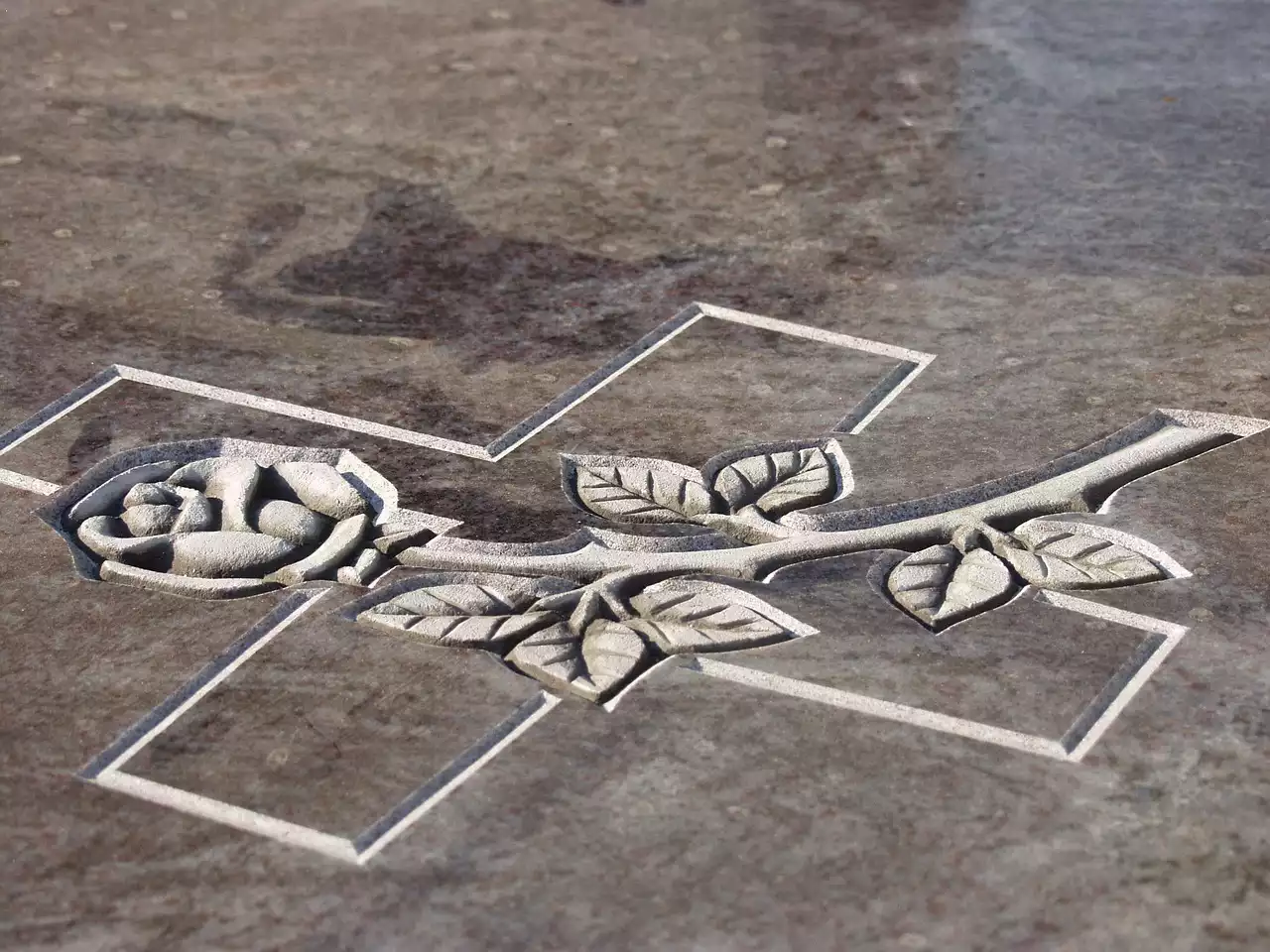The Stone Roses’ career trajectory is one of the most unusual and fascinating in music history. Despite being contemporaries of bands like Oasis, Blur and New Order, the Stone Roses left all of those bands for dead with their second album. Second Coming sold almost double the copies of their debut and hit number one on multiple international charts. The band played packed stadiums around the world, became one of the most recognizable brands from this era, and even had a film made about them in 2000 called “The Stone Roses: Stairway to Heaven”, it was that kind of ascent. But things started to go downhill after that. The third album never surfaced (although there have been plenty of false alarms since). There were numerous false starts in recording another record, lawsuits over new management contracts, and even a falling out between band members during gigs in Mexico where singer Ian Brown walked off stage mid-song twice. Today, we know where each member is today but no one really knows what will happen with The Stone Roses again anytime soon…
The Early Days of the Stone Roses
The Stone Roses first emerged as a band in 1986 with a four-track EP called “Shoom”. Their first album, “The Stone Roses” was released in 1989 when the band was at the peak of the “baggy” era. The baggy sound was a fusion of house, reggae and pop that dominated the British music charts during the late ‘80s and early ‘90s. The Stone Roses were part of the second wave of bands to emerge from the baggy sound. These bands were characterized by a more guitar-driven sound compared to the likes of Happy Makers, Beatmasters and Wamdue Kids who were the major players in the first wave. The Stone Roses’ sound was driven by the interplay between John Squire’s slashing guitars and Ian Brown’s rhythmically poetic vocals. Squire’s guitar style is instantly recognizable, the man played a white Fender Telecaster with the tuning pegs on the back of the neck. If you’ve ever seen someone playing with the guitar behind their back, you have John Squire to thank for that.
1996: Second Coming and Worldwide Success
In August 2015, the Stone Roses announced that they were getting back together. An international tour followed with dates in the UK and Asia. At the same time, the group announced that they were working on a new album. The tour was a resounding crowd-pleaser and in June 1996, the band released their second album, “Second Coming”. The album featured a more refined version of the sound that made the Stone Roses famous. It was a rich, textured sound, driven by the ethereal sounds of Squire’s guitar. The album was a commercial success. It sold almost double the copies of the first album, hit #1 on UK charts, and was certified platinum in multiple countries. It was released to critical hosannas from music critics around the world, who were genuinely impressed by the band’s ability to make a record that was every bit as good as their first.
1997: A Big Comeback That Wasn’t
The Stone Roses’ second album was a triumphant comeback. But the band had to overcome another hurdle – they had to prove that they were the same band who had created so much magic just a few years earlier. The band released a new single in May 1997 and it was titled “Be Yourself”. The video showed the band in their natural habitat – in a dingy pub with a crowd of kids shouting along to the tune. The song was well received, almost matching the success of the band’s previous hits. However, the album that followed in December 1997 didn’t quite live up to expectations. “Second Coming” was a bold, experimental album that fused dance music with rock music. The follow-up effort, “Be Second Coming” was much more conventional – it was a guitar-heavy rock album that was reminiscent of the band’s earlier work.
2000: Bands breaking up is nothing new.
The band’s record label was keen to release a new album soon after the release of “Be Second Coming”. The band, however, was not in any rush. They took the entire year 2000 to write new material, recording songs at their own pace. They released a few new singles along the way, titled “Love Is Blind”, “The Traveller” and “Sorry”. The first single was released in 2001. But there were no signs of an album. After three years of infrequent recording, the band eventually called it quits in 2002. The sudden breakup was a shock to their fans who had been waiting for a third album for almost a decade.
2002: Just when you think they’re done…
There was no official statement from the band as to why they broke up. But in interviews, the band members suggested that they simply grew apart and their relationship had become increasingly difficult to sustain. While the breakup was atypical, the band’s final show in London’s Brixton Academy in July 2002 was anything but. The band played a gig that was so problematic that they ended the concert early twice. The first time was due to the poor acoustics at the venue where the band members couldn’t hear themselves properly. The second time was because one of the band members was reportedly drunk on stage.


 Is Diesel the Best Italian Jeans Brand?
Is Diesel the Best Italian Jeans Brand?
 Gone with the Wind was the Highest Grossing Movie of its Time
Gone with the Wind was the Highest Grossing Movie of its Time Coco Channel Shoes and Handbags
Coco Channel Shoes and Handbags What Happened to The Happy Mondays?
What Happened to The Happy Mondays? Radiohead Has Everything in the Right Place for Contemporary Rock
Radiohead Has Everything in the Right Place for Contemporary Rock The Bands and British Contemporary Rock
The Bands and British Contemporary Rock